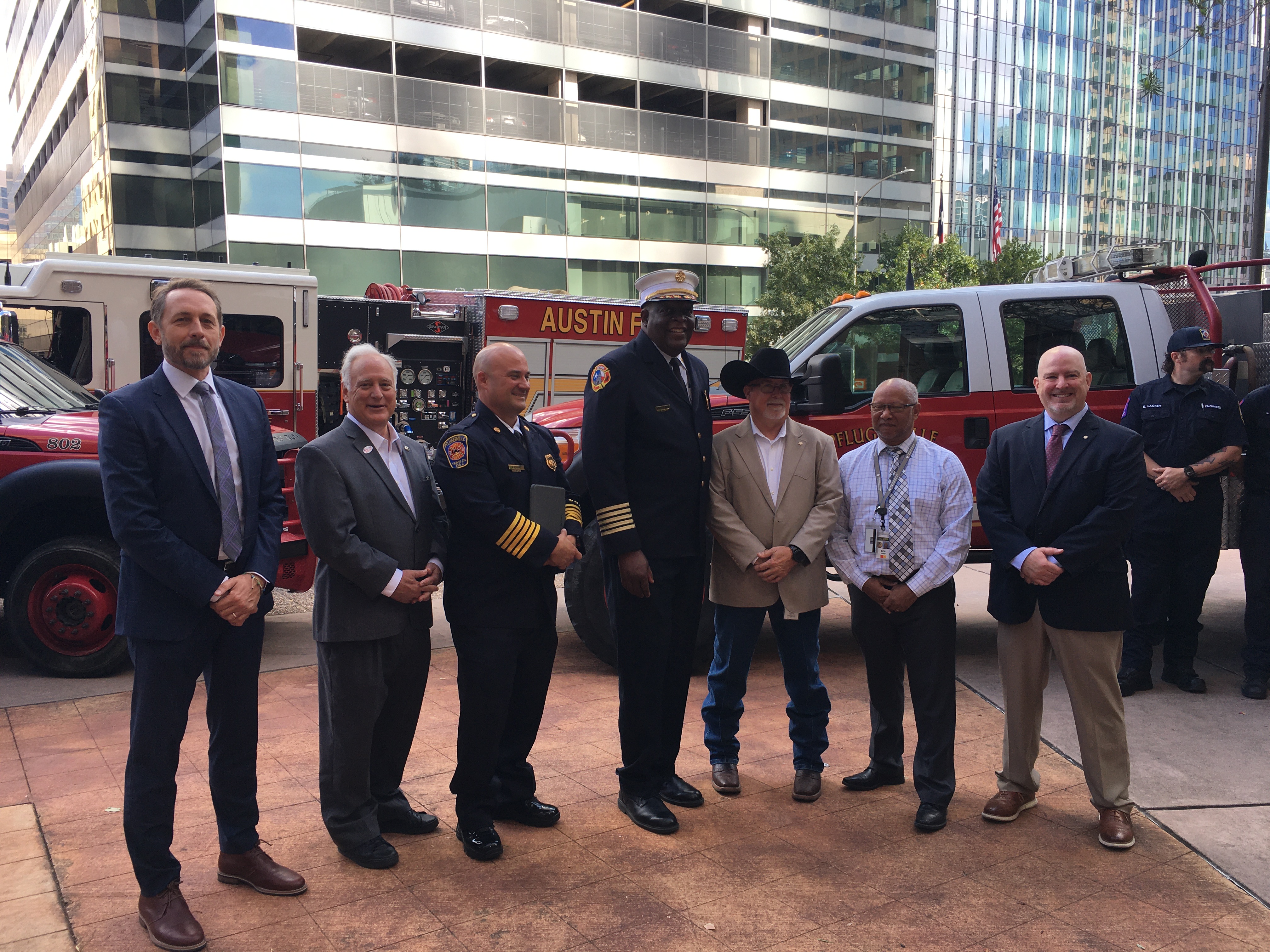
Community asked to prepare for wildfire.
Austin Mayor Kirk Watson and Travis County Judge Andy Brown have issued disaster declarations following Governor Greg Abbott renewing the state-wide disaster declaration due to elevated fire weather conditions.
“Austin now ranks fifth in the nation in number of homes facing wildfire risk,” Watson said. “In response to the dry conditions and high risk to our area, I am hereby declaring The City of Austin to be in a state of disaster for wildfires. This declaration lets our public safety workers start tracking expenses and facilitates reimbursement from the federal or state government if a wildfire does occur during this declaration.”
Declaring a disaster pre-emptively is common when the risk of natural disasters is high. Disaster declarations allow governments to begin implementing mitigation efforts and organize behind the scenes to prepare for the response and recovery phases, if a disaster does occur. Making the declaration early makes tracking resources and personnel used in mitigation, response, and recovery efforts easier and allows the reimbursement process from state and federal agencies to be more efficient.
As local and state government prepares for wildfire, the community is also asked to prepare.
“90% of wildfires are caused by human activities, and wildfires can spread quickly,” said Austin Emergency Management Director Jim Reddick. “That means you can take precautions to protect yourself, your family, and your community. We encourage everyone to stay wildfire aware.”
What the City is Doing
Austin Emergency Management (AEM) is working with public safety partners and updating emergency plans across the city and is in the process of revamping the All-Hazards Protective Action Plan. Once the plan is finalized, AEM, Austin Fire Department Wildfire Division, and other stakeholders will inform the public through community outreach about what the plan means.
In addition, Austin Fire Department has re-designed the Wildfire Hub, where community members can learn more about their wildfire risk and how to protect themselves.
AEM and AFD Wildfire Division continue to help the public prepare for wildfire through community outreach, including monthly Emergency Preparedness Pop-Up events and educational campaigns.
What You Can Do to Avoid Sparking a Wildfire
- Do not park or drive vehicles on dry, tall grass or on the should of roadways.
- Do not throw cigarette butts out car windows. Always properly dispose of smoking paraphernalia.
- When towing a trailer, ensure tow chains are properly secured and not left hanging low enough to drag on the pavement. This could cause sparks and ignite a wildfire.
- If cooking outdoors, only use smokers and grills on hard, flat surfaces like concrete or pavement. Do not use charcoal grills or smokers in windy conditions.
How to Protect Your Home
- There are a number of actions you can take to lower your home’s risk of wildfire.
- Clean out your gutters of any leaves or other debris.
- Clear dried leaves and vegetation within 5 feet of your home. This is called a “defensible space.”
- Trim tree limbs to at least 10 feet from your home.
- Keep flammable furniture and other items away from your home or move them indoors to a garage or storage shed.
- Harden your home against wildfire risk by using noncombustible or ignition-resistant materials for your decks and balconies, roofs, eaves, vents, walls and fencing, windows, and doors.
- Request a free Structural Ignition Zone Evaluation (SIZE) from the Austin Fire Department. During a SIZE, a trained wildfire advisor will walk the exterior of your home with you to offer guidance about how to strengthen the residence against wildfire. The advisor also discusses evacuation and preparatory actions to take when conditions are favorable for wildfires. Assessments are confidential.
To learn more about preparing, visit the Wildfire Hub and www.ReadyCentralTexas.org.

